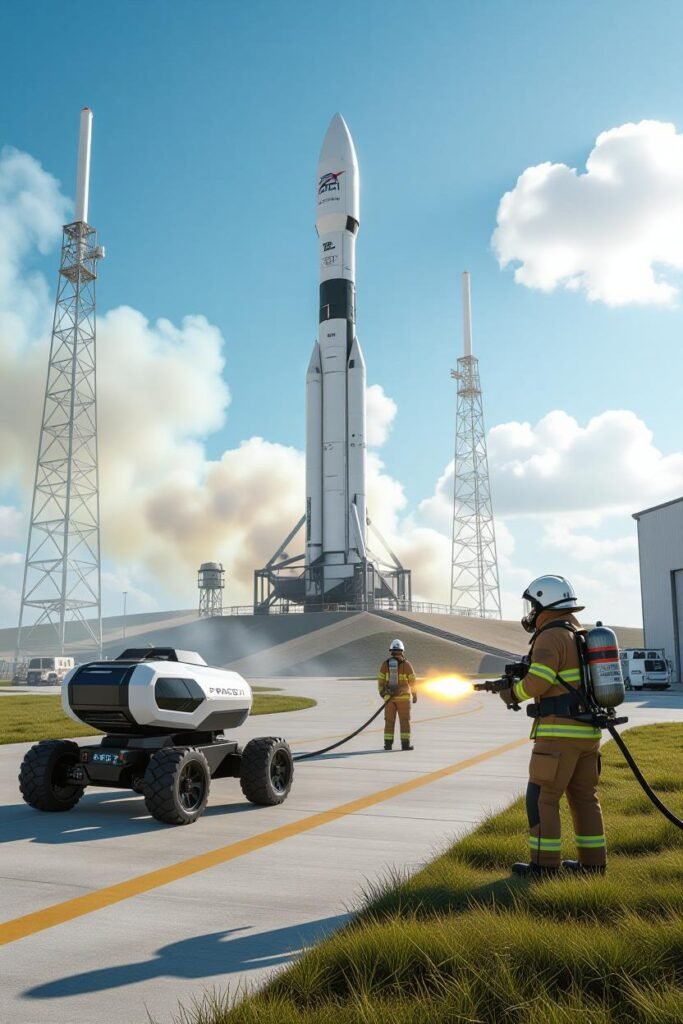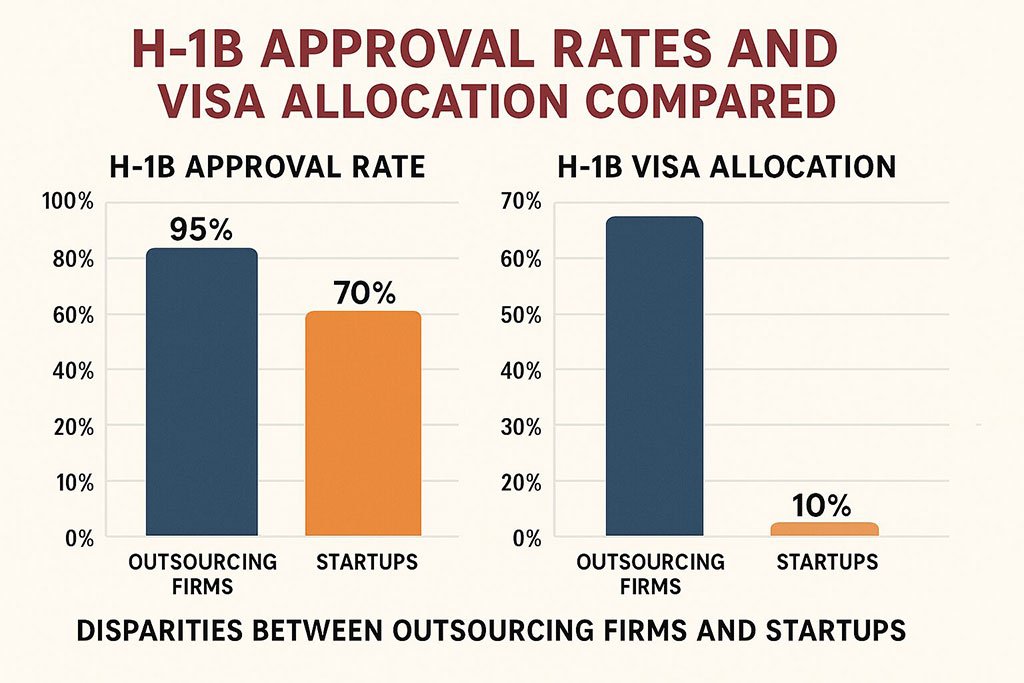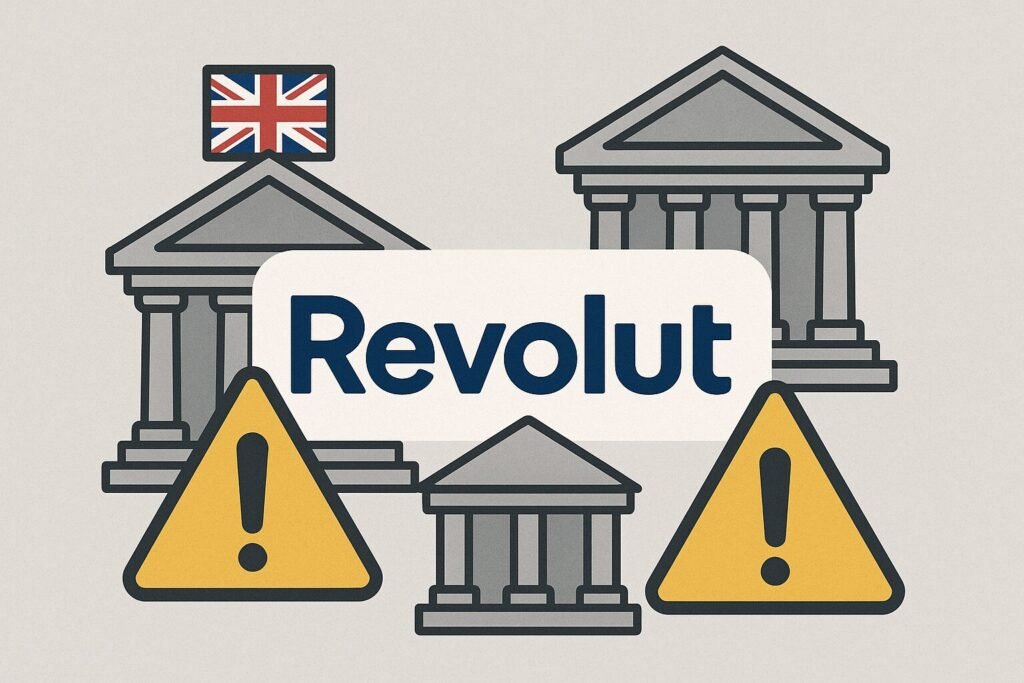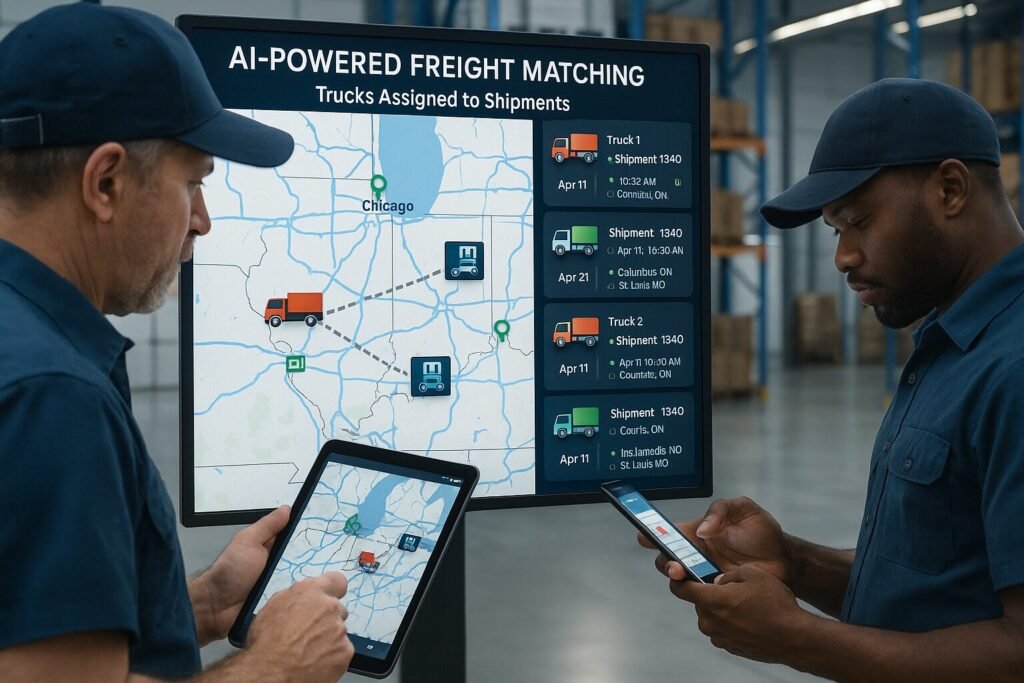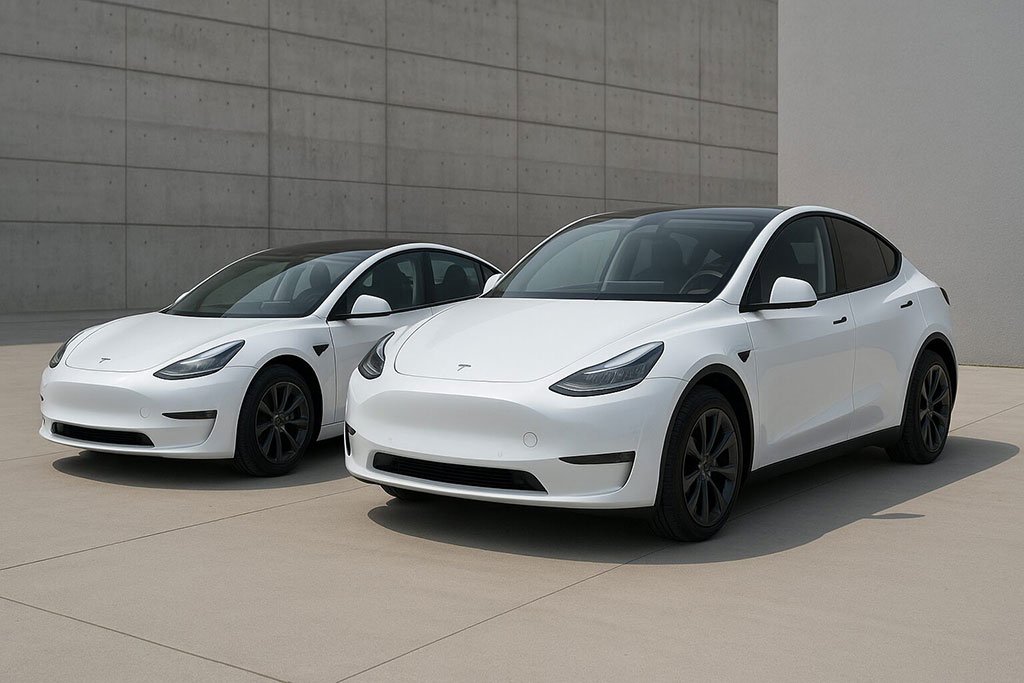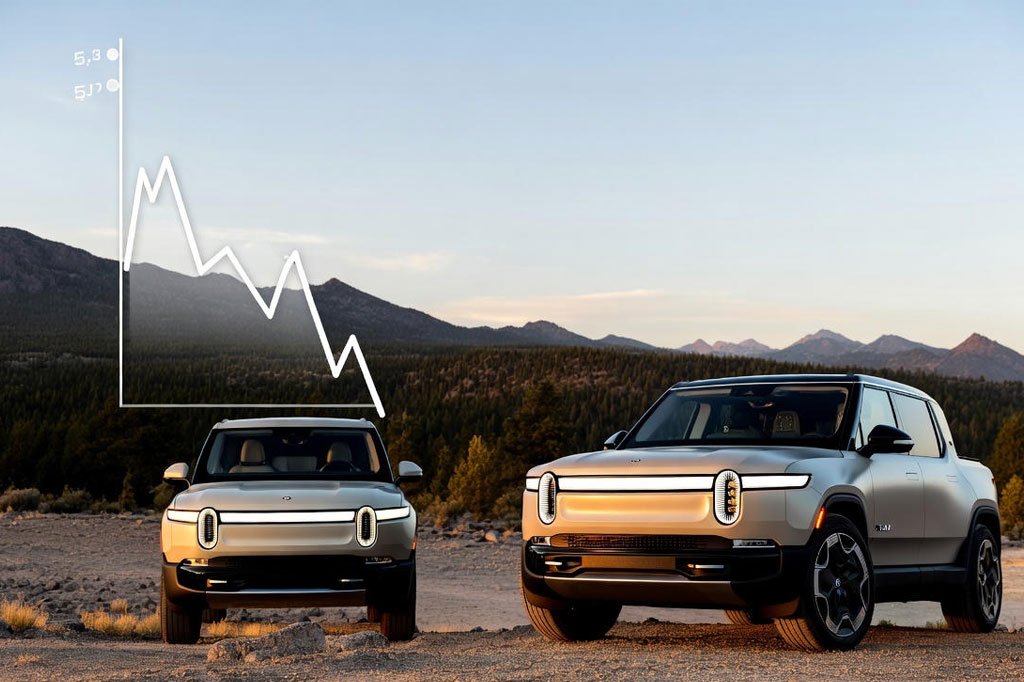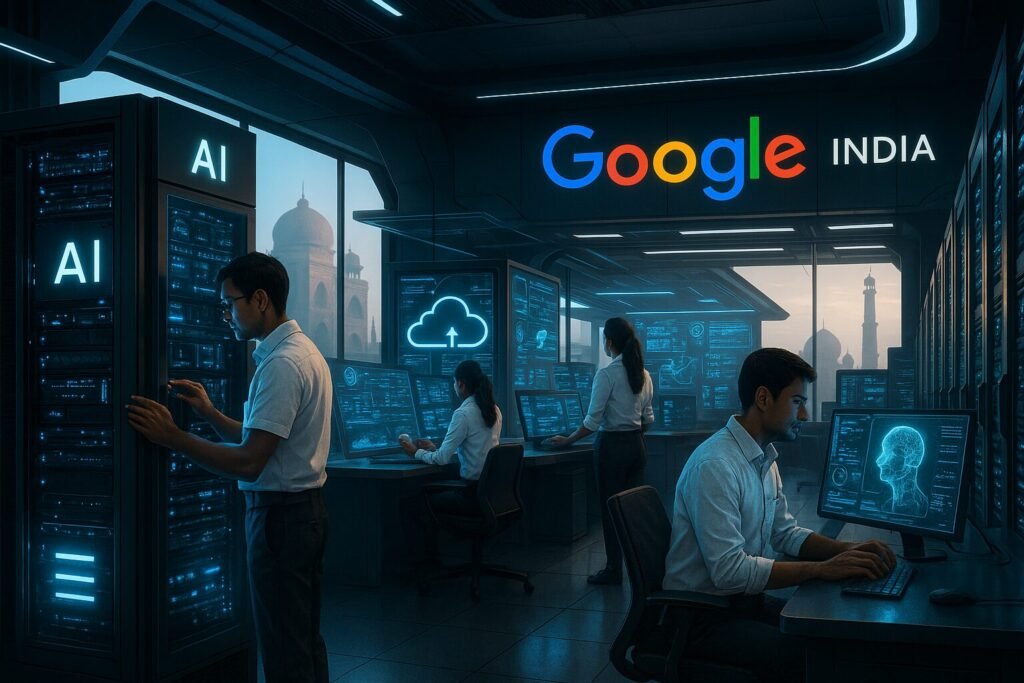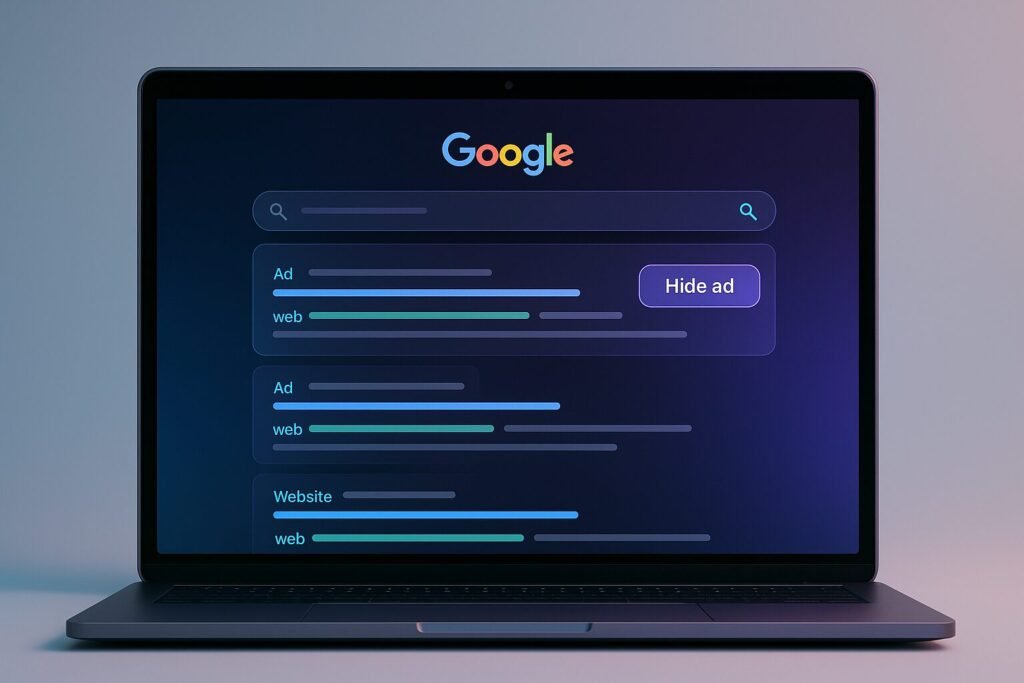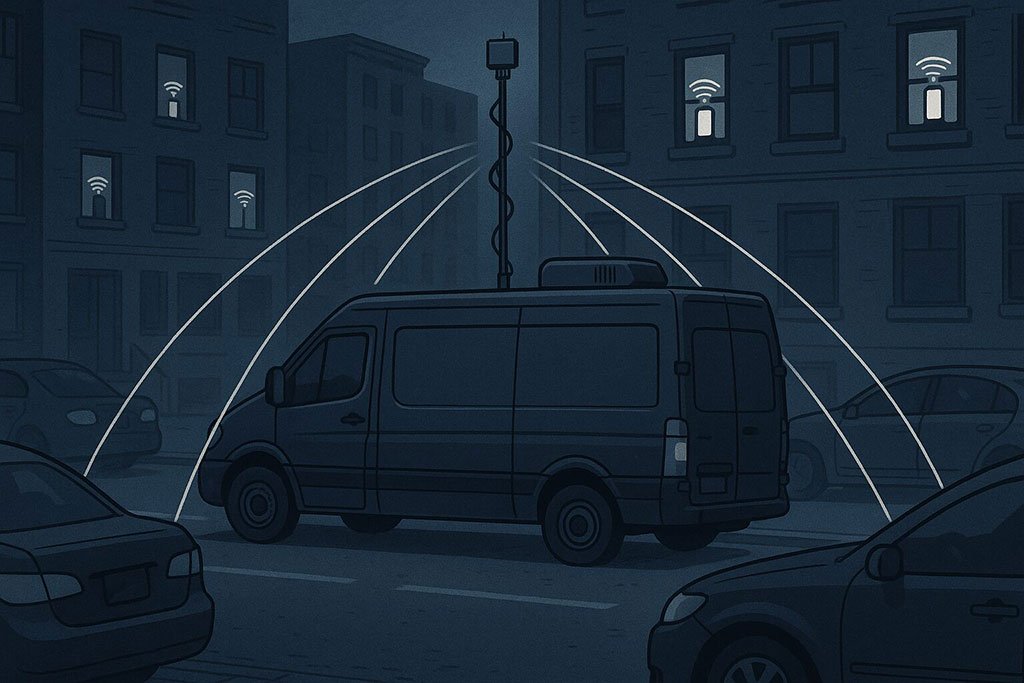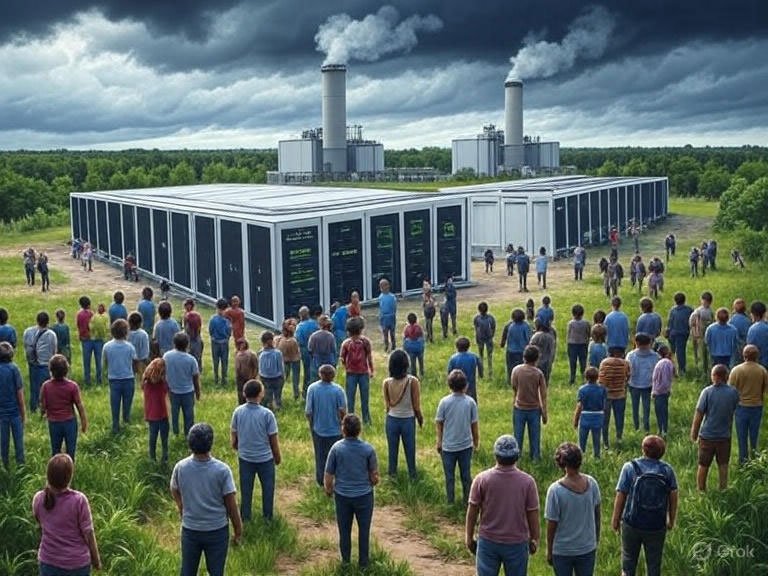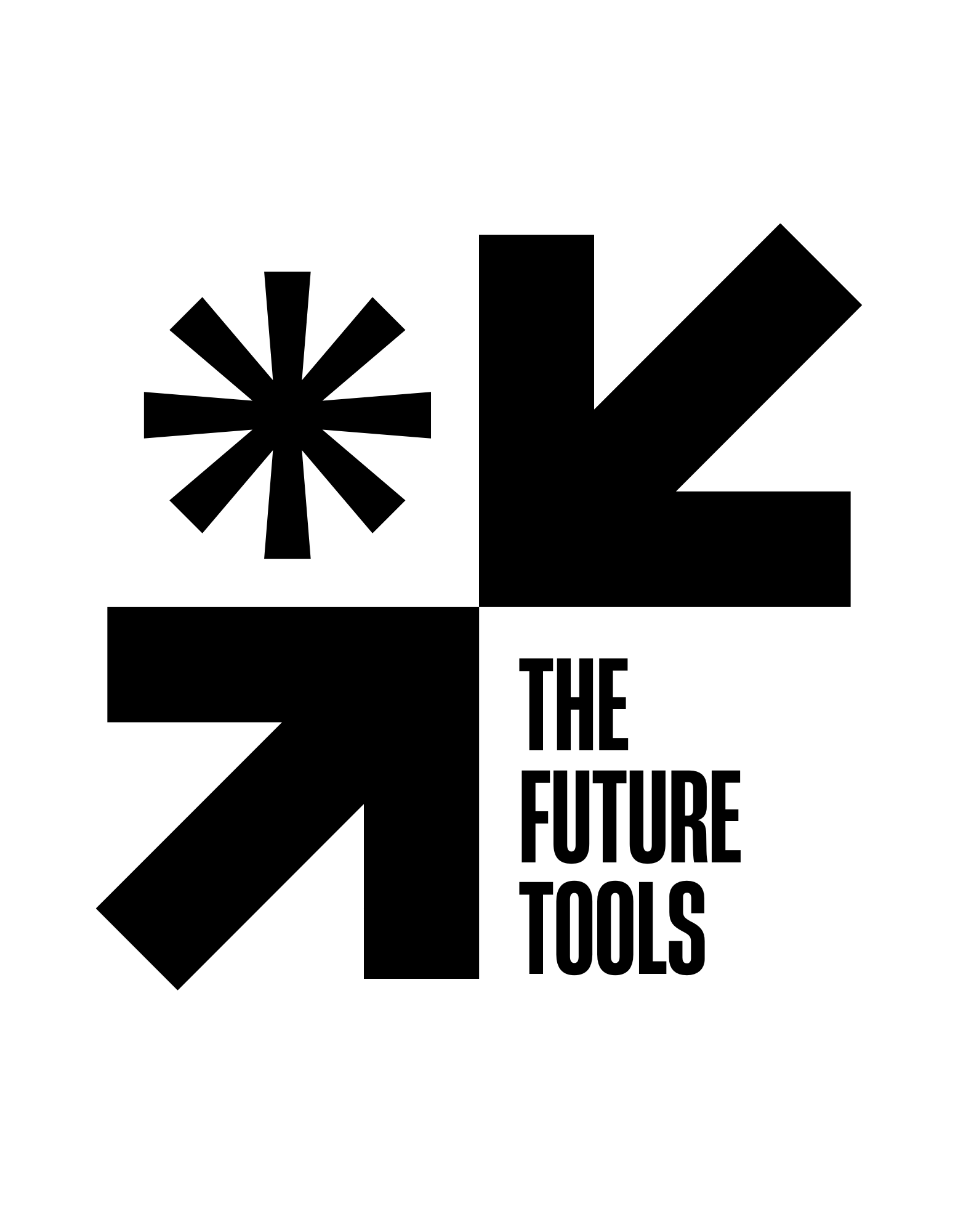Now Reading: Ecosia Steps Up: A Green Stewardship for Chrome’s Future
-
01
Ecosia Steps Up: A Green Stewardship for Chrome’s Future
Ecosia Steps Up: A Green Stewardship for Chrome’s Future

The Unprecedented Convergence of Mainstream Technology and Environmental Mission
The Groundbreaking Possibility
The hypothetical scenario of Ecosia assuming stewardship of Chrome represents one of the most fascinating potential developments in the technology landscape. This merger of ideologies—Google’s ubiquitous browser platform with Ecosia’s environmentally-focused search mission—could fundamentally reshape how billions of people interact with the internet while addressing pressing ecological concerns. Such a partnership would represent more than a simple corporate acquisition; it would signal a profound shift in technological priorities toward sustainable practices.
The very notion challenges conventional assumptions about the incompatibility of mainstream technology and radical environmentalism. Where Chrome has excelled at accessibility, speed, and market penetration, Ecosia has pioneered the model of leveraging routine digital activity for planetary benefit. Their convergence could establish a new paradigm for technology companies: that ecological responsibility and commercial success need not exist in opposition but can indeed be mutually reinforcing objectives.
Historical Context and Present Urgency
The technology sector’s environmental impact has drawn increasing scrutiny in recent years. Data centers consume approximately 1% of global electricity, while the carbon footprint of our digital activities continues to grow exponentially. Against this backdrop, Ecosia’s emergence as a carbon-negative search engine that uses its profits to plant trees represents a radical alternative approach—one that has remained niche despite its compelling environmental benefits.
Chrome’s dominance in the browser market (commanding approximately 65% global share) presents both an enormous environmental responsibility and opportunity. The browser’s development, update cycles, and energy consumption patterns influence the digital experience of billions. Under traditional management, environmental considerations have typically been secondary to performance metrics and user growth. Ecosia’s stewardship would invert these priorities, placing ecological impact at the center of development decisions while maintaining the technical excellence that has made Chrome indispensable to users worldwide.
Technical Implementation: Greening the Browser Experience
Energy Efficiency Optimization
The most immediate impact of Ecosia’s leadership would likely manifest in Chrome’s energy consumption profile. Currently, browsers are not optimized for minimal energy use, particularly as web applications grow more complex. Ecosia would probably implement several energy-saving features:
A processor-throttling mechanism that automatically optimizes energy usage during routine browsing, potentially reducing power consumption by 25-30% without perceptibly affecting user experience. This would involve sophisticated algorithms that distinguish between active browsing sessions and passive reading, adjusting resource allocation accordingly.
Dark mode implementation at the engine level, which reduces energy consumption on most modern screens. Research indicates dark mode can reduce display energy usage by up to 63% on OLED screens and approximately 20% on LCD screens. Ecosia would likely make this the default setting while maintaining user choice options.
Advanced tab management systems that automatically suspend or optimize energy-intensive tabs that aren’t actively being viewed, addressing one of the most significant sources of browser energy drain.
Sustainable Infrastructure Transformation
Ecosia would undoubtedly reconfigure Chrome’s operational infrastructure to align with its environmental principles. This would involve transitioning Chrome’s update delivery systems, synchronization services, and other backend operations to run entirely on renewable energy—a substantial undertaking given Chrome’s global scale.
The development process itself would likely undergo an ecological transformation. Developer tools would include environmental impact assessments, providing real-time feedback on how code changes affect energy consumption. This would create a new paradigm of “eco-conscious development” where efficiency is measured not just in nanoseconds saved but in joules conserved.
The browser’s new tab page and homepage would integrate Ecosia’s search functionality by default, creating immediate scaling of their tree-planting business model. With Chrome’s market penetration, this could potentially generate funding for hundreds of millions of additional trees annually, making it one of the most effective carbon capture initiatives ever implemented through technology.
User Experience: The Ecological Interface
Transparency Through Design
Under Ecosia’s stewardship, Chrome would likely incorporate unprecedented transparency about its environmental impact. Users might encounter features like:
- A digital carbon dashboard showing the estimated environmental impact of their browsing session, with options to optimize or offset this impact directly through the browser interface.
- Personal environmental reports that quantify how many trees a user’s searching has helped plant and their estimated carbon offset contribution over time.
- Certification badges for websites that run on renewable energy, allowing environmentally-conscious users to prioritize sustainable websites in their browsing habits.
These features would represent a fundamental shift in how users relate to their digital activities, creating awareness of the environmental costs that currently remain hidden beneath seamless user experiences.
Behavioral Nudges Toward Sustainable Browsing
Ecosia would likely implement thoughtful design patterns that encourage more environmentally conscious browsing behaviors without compromising functionality. This might include:
- Gentle reminders to close unused tabs after extended periods of inactivity, framed in environmental terms rather than merely performance terms.
- Options to schedule energy-intensive downloads and updates for times when renewable energy generation is highest on local grids.
- Integration with personal carbon tracking apps, allowing users to see how their digital habits fit into their overall environmental footprint.
These interventions would represent a new philosophy of browser design—one that acknowledges technology’s role in shaping human behavior and accepts responsibility for steering that behavior toward sustainable outcomes.
Broader Industry Implications
Setting New Standards for Digital Sustainability
Ecosia’s stewardship of Chrome would instantly establish new benchmarks for environmental responsibility in technology. Competing browsers would face unprecedented pressure to match Chrome’s ecological credentials, potentially triggering industry-wide innovations in energy efficiency and sustainable practices.
The development community would need to adapt to these new priorities, potentially making environmental impact a primary consideration in web development alongside traditional metrics like load time and responsiveness. This could spur innovation in efficient coding practices, lightweight framework development, and sustainable design patterns.
Perhaps most significantly, Ecosia’s leadership would demonstrate that environmental responsibility can be integrated into technology at scale without sacrificing user experience or commercial viability. This proof concept could inspire similar transformations across other segments of the technology sector, from social media platforms to cloud services.
Economic Model Innovation
Ecosia’s ad-based revenue model that funds tree planting would face both challenges and opportunities at Chrome’s scale. The organization would need to develop sophisticated systems to ensure that increased advertising revenue continues to directly support environmental initiatives rather than simply expanding corporate infrastructure.
This might involve innovative approaches like:
- Transparent revenue allocation dashboards showing exactly how advertising profits are distributed between operational costs and environmental initiatives.
- Community-directed environmental projects, allowing users to vote on which reforestation or conservation projects should receive funding.
- Corporate partnership programs that enable businesses to directly sponsor ecological initiatives through their advertising expenditures.
These approaches could redefine expectations for corporate transparency and environmental responsibility in the technology sector, potentially establishing new norms for how companies balance profit with planetary concerns.
Challenges and Considerations
Technical and Philosophical Integration
The merger of Chrome’s technical infrastructure with Ecosia’s environmental mission would present significant implementation challenges. Performance optimization would need to be redefined to include ecological metrics alongside traditional speed measurements. This might require developing new benchmarking tools that can accurately assess environmental impact alongside user experience quality.
Privacy considerations would also require careful navigation. While Ecosia has established strong privacy protections, scaling these to Chrome’s user base while maintaining personalized environmental features would demand innovative approaches to data minimization and anonymization.
Maintaining Broad Appeal
Perhaps the most significant challenge would be maintaining Chrome’s universal appeal while integrating strong environmental messaging. The browser would need to avoid alienating users who prioritize functionality over sustainability while still effectively promoting ecological behavior change.
This balancing act would require sophisticated user experience design that makes sustainable choices the default without removing user agency. The success of this approach would depend on demonstrating that environmental benefits can be achieved without compromising the browsing experience that has made Chrome so popular.
The Future Vision
Beyond the Browser: A Platform for Environmental Action
Under Ecosia’s stewardship, Chrome could evolve from a simple browsing tool into a platform for coordinated environmental action. Features might include:
- Integration with smart grid technologies to optimize energy usage based on renewable availability
- Tools for organizing and participating in local environmental initiatives directly through the browser
- Educational resources on environmental issues tailored to users’ browsing habits and interests
These developments would position the browser as not just a window to the web but as an active participant in addressing ecological challenges.
Measuring Impact: The New Metrics of Success
The most profound transformation might be in how success is measured. Rather than focusing solely on market share or engagement metrics, a Ecosia-steered Chrome would likely prioritize environmental impact above all else. Key performance indicators might include:
- Carbon reduction per active user
- Trees planted per thousand searches
- Renewable energy percentage in infrastructure
These metrics would represent a radical reimagining of what constitutes success in the technology sector, potentially influencing how other companies measure their own performance.
A Watershed Moment for Digital Sustainability
The hypothetical stewardship of Chrome by Ecosia represents more than a corporate acquisition—it symbolizes the maturation of digital sustainability from niche concern to mainstream priority. By combining Chrome’s technical excellence and market reach with Ecosia’s environmental mission, this partnership could demonstrate that ecological responsibility and technological progress are not just compatible but mutually reinforcing.
The potential impact extends far beyond the browser itself, offering a template for how technology companies might integrate environmental considerations into their core operations rather than treating them as peripheral concerns. In an era of escalating ecological challenges, such innovations in how we conceptualize technology’s relationship to the planet may prove essential to building a sustainable future.
While this scenario remains speculative, its consideration challenges us to imagine a digital ecosystem where every click contributes not just to corporate profits but to planetary health. Whether through this specific partnership or similar initiatives, the integration of environmental values into mainstream technology represents one of the most promising frontiers in the effort to address climate change and ecological degradation.

